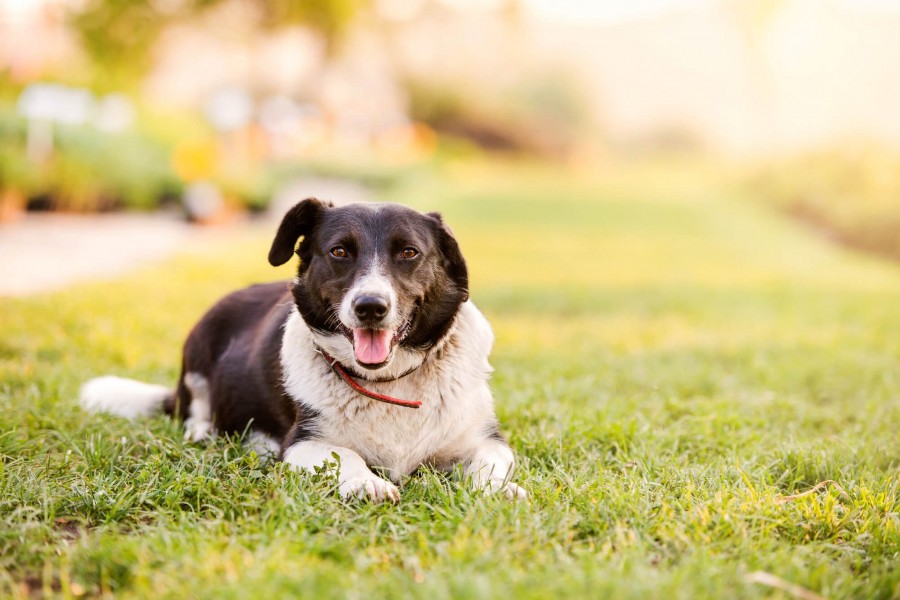Ways To Alleviate Environmental Allergy Suffering In Dogs

There are lots of great things about the weather warming up, but if you have a dog with environmental allergies, you just might wish we had eternal Winter. Dogs suffer from all kinds of allergies – in fact dogs can be allergic to anything humans can be, and even somethings that might surprise you. For example, according to the veterinarians at a pet insurance company, a dog can even be allergic to cats and humans! While some allergies, such as food or animal are year-round, environmental allergies like grass and pollen, spike during certain seasons, usually spring and summer. Dust mites like heat and humidity, so they also start to breed as the weather warms up, especially if it’s coupled with some spring showers to boost humidity. During these times, your poor dog may be just miserably every time he has to step outside.
First, get your dog tested so you know what they are allergic to. Otherwise, you may be avoiding things, like grass, that are safe and not aware that the tree in your backyard is the real culprit. Your dog could be allergic to just one thing that is easy to avoid, or many things. It’s quite amazing how common grass allergies are in dogs and it’s so sad to see them covered in hives, swollen eyes, running nose, and itchy beyond belief.
Once you know what your dog is allergic to, you can find ways of avoiding those things altogether…sometimes. But, we also know your dog can’t live in a bubble, so, here are a few things you can do to help her get through allergy season.
Wipe those paws. A lot of environmental allergens are picked up by a dog as they walk around (which is why their paws get itchy and inflamed), so wiping them off with a damp towel will help to remove pollen or grass they may have picked up can help your dog be more comfortable. Then follow up wiping the feet with a dry towel to decrease dampness between the toes.
Walk on sidewalks and paths. If your dog is allergic to grasses, you can help limit his exposure by using sidewalks and dirt paths to walk on, only allowing him on the grass long enough to go to the bathroom. Just make sure the cement is not too hot for his paws if it’s a really warm day.
Watch Pollen Counts. While pollen counts are given to help people who suffer from allergies, you can also use them to help your canine friend out. Avoid outside as much as possible when the pollen counts are high, and take advantage of low pollen count days to have some outside time.
Medications. Although I’m not always for medication, sometimes it’s the best option. Vets have allergy medication for dogs just like doctors do for humans, so once your dog has been tested, you can get something to relieve his symptoms if your dog does have a flare up.
Clean your house often. Whether your dog is allergic to dust mites, pollen, grass, or anything in between, cleaning your home often to removes the allergens will help your dog be happier.
Wash dog beds and blankets often. Remember that whatever your dog brings into the house, it probably gets left in spots they frequent, such as blankets and dog beds. Washing these once a week will help lower allergens in your home as well.
Use an air purifier. Plugging in an air purifier when the allergens are really bad is good for everyone in the house, not just your allergy suffering dog.
Doing these simple things can help both you and your dog enjoy your spring and summer, with fewer trips to the vet, less itchiness, and more fun in the sun.
